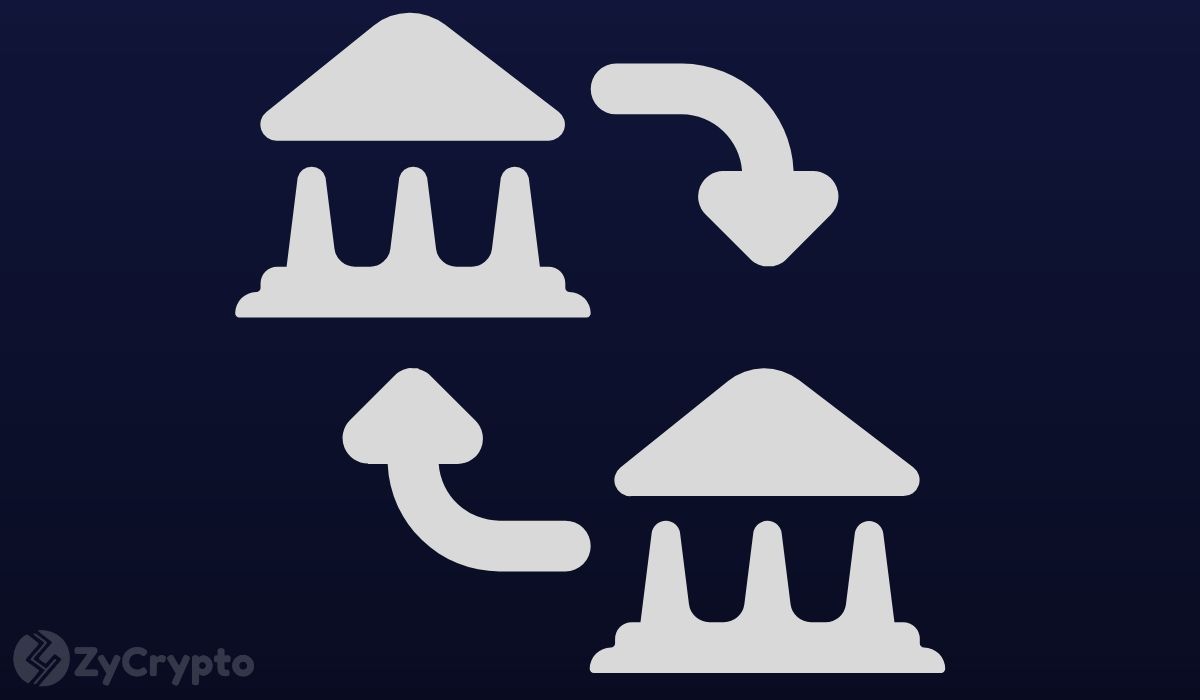With more central banks around the world studying the issuance of their own digital currencies, Bitcoin and Libra could still find a purpose to be part of a future when money becomes purely digital. That’s according to Raghuram Rajan, former governor of the Reserve Bank of India.
Central Bank Digital Currencies or CBDCs are being studied around the world, including the Federal Reserve, the Bank of England, and the Bank of Thailand. No one has taken it too far, however, the People’s Bank of China has already piloted its CBDC in key cities and with key businesses.
While people are already accustomed to electronic money, CBDCs, as its name suggests are backed by reserves in the country’s central bank instead of by the person’s deposits in his bank account or mobile wallet. This gives the central bank immense power in controlling the financial system.
Such initiatives are being studied by central banks around the world as a way to innovate the way they work and to “keep up with the times,” as mentioned in a paper released by the Bank of International Settlements or BIS, the central bank of all central banks.
If Central Banks will take the initiative to issue CBDC’s where does that leave Bitcoin and Libra, not to mention the thousands of other cryptocurrencies? According to Rajan, both Bitcoin and Libra would compete with CBDCs albeit in different ways. Because CBDCs are fiat money, then they are legal tender that can be used to transact and to store value. Rajan thinks that Bitcoin would be used by people to store value while Libra would be used to transact.
Rajan noted Bitcoin’s similarity with gold. For him, Bitcoin is a speculative asset rather than being used for transactions on a large scale. Because of that, investors would flock to Bitcoin if other traditional assets are less attractive. This is happening now, with macro investors like Raoul Pal and Paul Tudor Jones suggesting that Bitcoin and gold could serve as a hedge from the impending economic recession.
The Facebook-initiated Libra, on the other hand, is a currency to be used for transacting, said Rajan. The first iteration of Libra designated for the digital asset to be backed by a basket of currencies. This was met with extreme opposition from governments, particularly in the United States, where Facebook was accused of trying to create a currency that would undermine the U.S. dollar’s sovereignty. Since then, Libra was scaled down and is now seeking approval to create stablecoins backed by one currency.
Whether or not Libra would be a global cryptocurrency or a fiat-pegged cryptocurrency, the underlying utility is still to transact. “So the ultimate underlying value is going to be from the central banks, they’re going to preserve the value, not of Libra but of what Libra can be exchanged into,” Rajan told CNBC.
On the subject of other cryptocurrencies, ultimately, Rajan believes there will be more “private digital currencies” that have different roles and utility.
Still, Rajan thinks a lot of careful planning must be done first before proceeding with CBDCs because challenges and concerns still remain. One such issue is privacy. “Do you trust the central bank as much with details on every transaction you make? Should the government know?” He added that one reason why the majority prefer cash is because the majority do not want anyone else to know what they are using their money for. With digital currencies, this will not be the case. As such, these questions, along with other issues with regards to data privacy should first be addressed before pushing forward.







